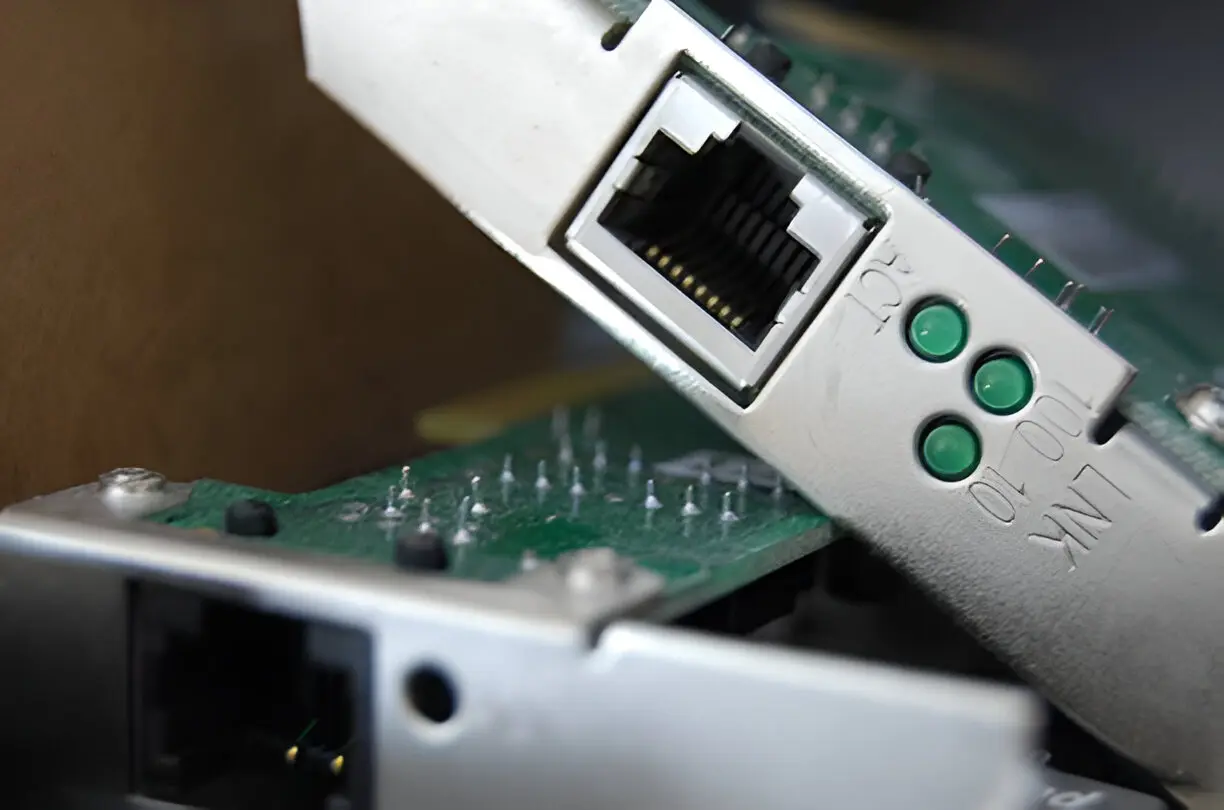In a world increasingly driven by wireless communication, wired connectivity still plays a vital role—especially in embedded systems and desktop environments where reliability, speed, and security are top priorities. At the heart of these wired networks lies a crucial component: the Ethernet controller. One notable example that stands out for its dependability in both desktops and embedded applications is the Ethernet Connection I219-LM.
Ethernet controllers are certainly the hardware component of the controller, notwithstanding their presence in industrial control systems, point-of-sale devices, or desktop PCs, which are the ones that ensure the material and the network connection is firm and stable. Grasping their role and worth, the engineers and developers can invent the mission-critical applications wisely.
What is Ethernet Controllers?
Ethernet controllers are the basic unit that forms the connection between a device and its network. They refer to the handling of the data packets, defining and signaling the physical layer, and ensuring that the device adheres to the relevant Ethernet standards (such as, IEEE 802.3).
The Ethernet Connection I219-LM is an Intel controller that showcases integrated networking of high-performance and which is also embedded in a motherboard or SoC, reducing the overall component count and improving power efficiency.
Ethernet in Desktops: Reliability and Speed
Desktops—especially those used in business, engineering, or content creation—still rely on Ethernet connections for their superior stability and throughput. Wi-Fi can be prone to interference and signal degradation, but a wired link ensures consistent performance.
In these scenarios, the Ethernet Connection I219-LM is widely used by OEMs and motherboard manufacturers due to its reliable 1 Gbps speed and low CPU utilization. By offloading many network tasks from the processor, this controller allows desktops to maintain high productivity even under heavy data transfer workloads.
In enterprise environments, where remote desktop access, data backups, and cloud services are routine, this level of stability and performance is non-negotiable. The Ethernet Connection I219-LM delivers dependable wired networking that supports high volumes of traffic without lag or data loss.
Embedded Systems: The Case for Wired Networking
In embedded applications—like industrial automation, robotics, and building management systems—wired Ethernet is still essential. These systems typically work in places where wireless signals are either very unreliable or even dangerous due to interference or security risks.
An illustration of this could be an industrial control panel that is now responsible for monitoring and controlling printer devices. At this moment, data exchange is required in real-time. A short interruption in their connection might lose production time or may even cause failure to devices.
It is through this design that the platform is integrated, thus, it worrks directly with Intel chipsets and operating systems without needing third-party drivers or compatibility fixes. The integration of these features is particularly beneficial for embedded system design, where the developer focuses on longer support and having fewer maintenance issues.
Why the Ethernet Connection I219-LM is a Go-To Controller
When dependability is a must, designers frequently turn to the Ethernet Connection I219-LM as the anchor for their networking solutions. Its standout features include:
- Integrated PHY and MAC layers for streamlined board design
- Low power consumption ideal for embedded systems
- Stable 1 Gbps throughput with support for advanced power management
- Hardware offloading of network tasks, which reduces CPU load
- Driver support across major OS platforms, including Windows, Linux, and real-time operating systems
These advantages make the Ethernet Connection I219-LM a trusted choice in sectors like medical devices, security systems, and smart infrastructure—where both uptime and performance are mission-critical.
Example Application: Smart Traffic Control System
Let’s think of an intelligent traffic management unit where it uses real-time vehicular and pedestrian data to control the traffic lights. This is a system that constantly has communications with the local nodes and the management server.
In this construction, the Ethernet Connection I219-LM is the main point connecting the user to a stable wired network that is built on. It ensures the intranet communication is without delay of the time-critical signals like the routing engine of emergency vehicles or the pedestrian crossing alerts. The deterministic performance and extensive temperature tolerance of the controller make it an excellent fit for outdoor, rugged applications where the product is not prone to defects.
Conclusion
Currently, mainly it is wireless technologies being talked about, but Ethernet controllers are still the main part of most systems, especially those with a desktop and embedded. The speed, reliability, and low latency they offer in these types of projectors make them a must-have part in conditions where efficiency is the only concern. The Ethernet Connection I219-LM does not fall out of the line; it is recognized by its immeasurable effort for optimal integration, minimal power consumption, and reliability.
In both situations, be it the construction of a new infrastructure or configuring a high-performance workstation, the Ethernet Connection I219-LM is the mission-critical element for the wired network that you must not forget. As the degree of technological connectivity growth accelerates the Ethernet controller’s relevance speaks of the tight connection between them and smart systems.
Also Read- Technical Specifications Guide: Working with Fasteners Suppliers in India





